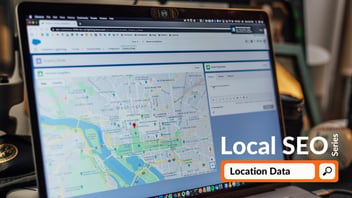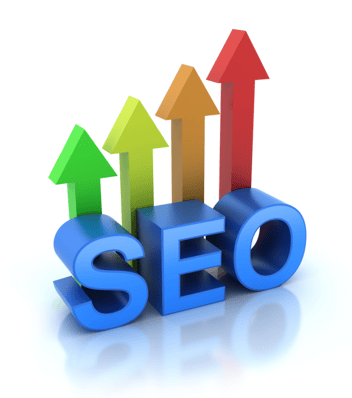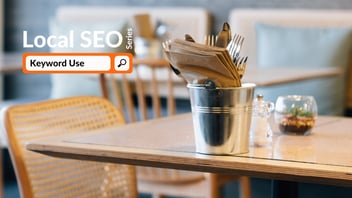Location Pages and Local SEO
Ranking for location-specific keywords, targeting long-tail keywords, and increasing a company’s visibility within local search results can be some of the most challenging goals for those new to local search engine optimization (SEO). When optimized correctly, location pages or “local landing pages” can be great tools for improving your website’s rank in search engines results. For more information on how to optimize your existing location pages or build new ones, view our complete checklist for location page SEO.
Location pages tend to be most useful to service-area businesses and those with multiple brick-and-mortar locations. Both of these types of businesses need to show search engines and potential customers that they serve more than one specific location. Each type, however, will require a different focus for their location pages. It’s always important to optimize location pages for user experience and search engines, but the type of business will affect the purpose of the location page and the best approach to developing it.
Location Pages for Brick-and-Mortar Businesses
The purpose of a location page for a brick-and-mortar business is to make it as easy as possible for potential customers to find the location. This means that location pages for physical stores should prioritize showing the businesses’ name, address, phone number, and directions. The page can also include information such as the products and/or services available and reviews.
When it comes to local SEO, brick-and-mortar businesses already have an advantage over service-area businesses because of how business listings appear in search engine results and the search terms that most people use. It is much easier for this type of business to rank well in search engine results pages (SERPs) because users tend to use phrases such as “near me” or include the name of the city. Google and other search engines also deliver organic search results based on a user’s specific location and usually lead them to businesses that have addresses near them.
Whether you are a single location business or have multiple stores, location pages are a destination for users to find your stores so they can purchase your products or service. Each page should represent one location in the real world and allow users to find the nearest store when they’re visiting your website or using search engines.
Location Pages for Service-Area Businesses
Service area pages (SAPs) are slightly different from brick-and-mortar location pages because the goal is not necessarily to bring potential customers to a physical location. Even though it is common for these types of businesses to have an office or operations center, the main purposes of a SAP are to give the business visibility in SERPs throughout their service area and give customers more information about their services. Because service-area businesses can’t rely on search engines to bring customers to their website based on proximity, they must focus their efforts elsewhere, such as the page’s content and meta tags.
Creating a good service area page requires extensive keyword research to find the right terms to match potential customers’ searches and gain the most visibility. Finding the correct target keywords and using them alongside location-specific keywords throughout your page—in the title tag, meta description, and HTML tags—is the most important aspect of creating a successful SAP.
Service area pages should not only be about the location you serve but also the specific services you provide. If your business offers multiple services, separate them into groups and describe them individually. This is an opportunity to provide potential customers with your unique selling proposition for each service and drive them to convert.
CONVERT! There it is! Giving visitors the opportunity to convert is important for any service area page. Including a relevant CTA like “Request Service” or “Schedule a Consultation” will allow page visitors to reward your hard work by reaching out to you to obtain your services!
A great SAP will help your audience find your business in SERPs, learn about your offerings, and allow them to convert into customers.
Like all aspects of SEO, best practices for developing location pages will change over time. As search engine algorithms and other aspects of the internet change, it’s crucial to understand how these changes affect your business and its website. For more information on local SEO and other SEO strategies, subscribe to our blog!


